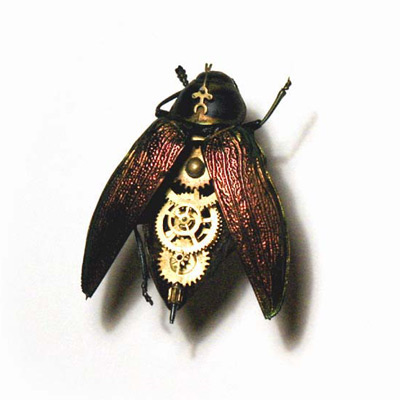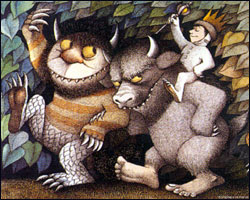The ability to recognize oneself in a mirror is frequently cited as evidence of sentience. A dog may be frightened or excited by its reflection, but either way it does not appear aware that the reflection is its own. The dog’s behavior suggests that if it recognizes the reflection at all, it believes it to be another dog, appearing through a window.
If the dog did recognize itself, how could we tell? One test, devised in 1970 by Gordon Gallup, involves applying a mark to the animal’s face without its knowledge. If it can recognize itself in the mirror, it will understand that the mark it sees is on its own face. Evidence of this would be surprise, or an effort to investigate the mark, perhaps by turning to view it at different angles, or touching the actual mark with a paw. Gallup found that chimps would readily learn to recognize themselves, but macaque monkeys would not, even after several weeks of exposure to a mirror.
Human children fail the mirror test at one year of age, but pass at two. Until recently, great apes (like chimps) and dolphins were the only animals besides humans who succeeded. Now, it seems African elephants must be added to the list.
Continue reading →






